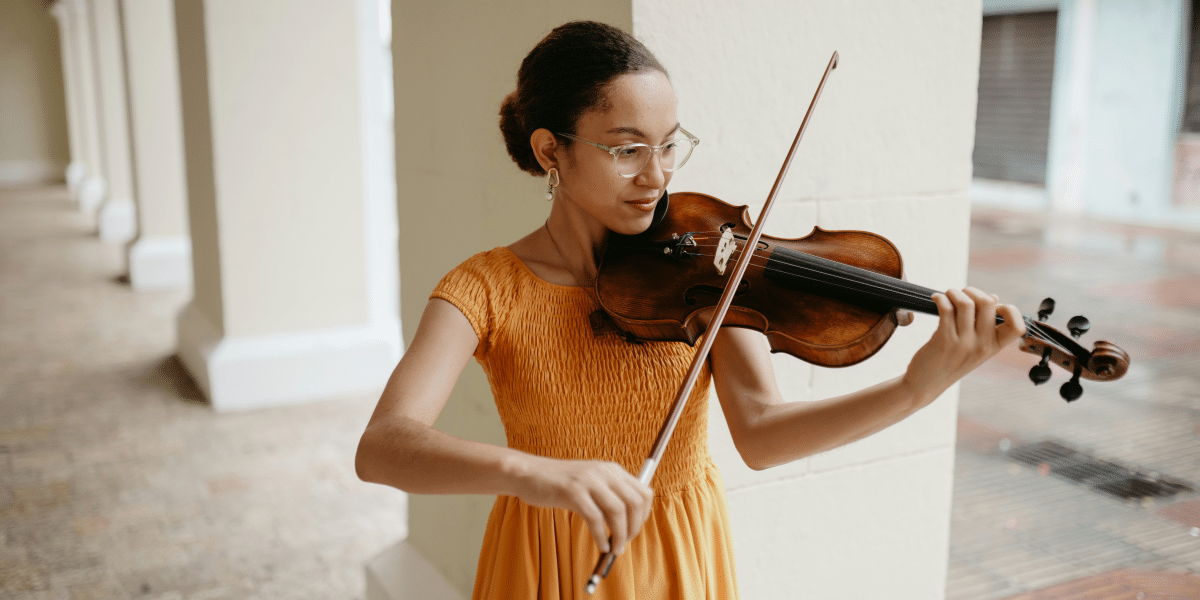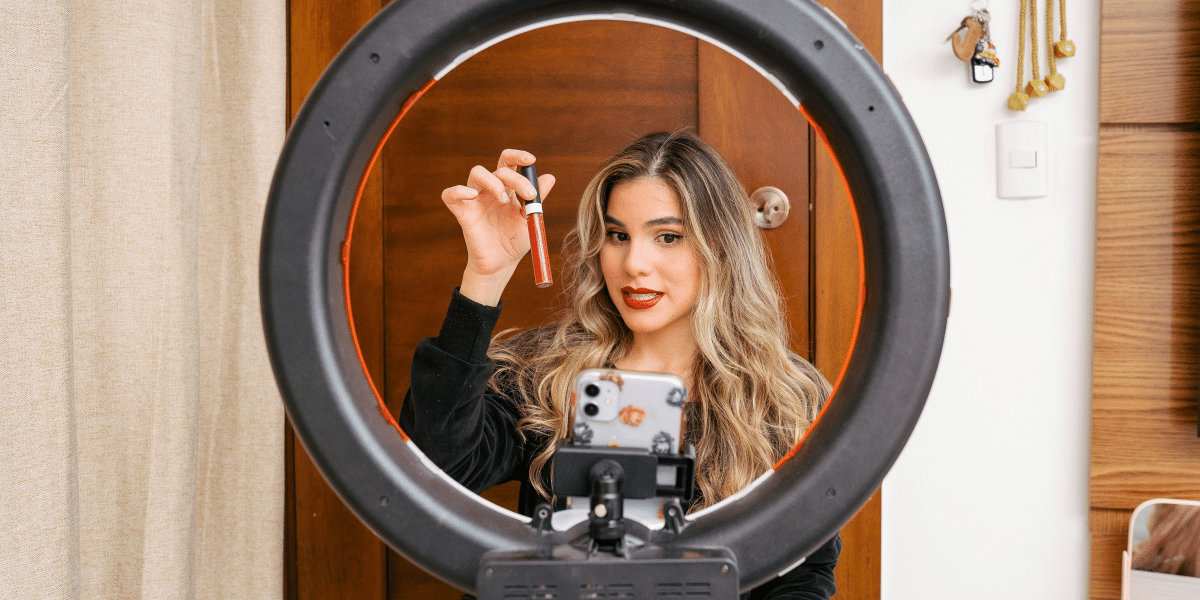What Is Ambient Sound and Why Is It Important?
Ambient sound, also known as background sound, refers to the natural sounds that occur in a specific environment. This can include the rustling of leaves, the hum of city traffic, birds chirping, or the gentle lapping of waves. Ambient sound is crucial in audio production as it creates a sense of place and immersion, making scenes in films, video games, and other media feel more realistic and engaging.
Imagine watching a movie set in a bustling city without the background noise of cars and people. It would feel oddly silent and less believable. Ambient sound fills this gap, providing the subtle audio cues that our brains expect and helping to draw the audience into the scene. Whether you’re creating a serene nature documentary or a high-energy action film, incorporating ambient sounds can significantly enhance the overall experience.
How Do Sound Libraries Help in Audio Production?
Sound libraries are collections of pre-recorded sounds that audio producers can use in their projects. But how do these libraries help in audio production? Here are a few key benefits:
- Time-Saving: Recording high-quality sounds can be time-consuming. Sound libraries provide a vast array of sounds at your fingertips, allowing you to find the perfect audio clip quickly without the need for extensive field recording.
- Variety and Quality: Sound libraries offer a wide range of sounds, from common ambient noises to unique, hard-to-capture sounds. These libraries are often curated by professional sound designers, ensuring high-quality recordings.
- Consistency: Using sounds from a library can help maintain consistency across your project. If you’re working on a series or a large project, having a reliable source for your audio needs ensures that the sound quality and style remain uniform.
- Accessibility: Many sound libraries are available online, making them easily accessible from anywhere. This is especially beneficial for independent creators or smaller production teams without access to extensive recording equipment.
What Is Location Recording and When Should You Use It?
Location recording involves capturing sounds directly from a specific environment. This can include recording dialogue, ambient sounds, or specific sound effects on location rather than in a studio. But when should you use location recording?
- Authenticity: When you need authentic sounds that precisely match the environment you’re portraying, location recording is essential. For example, capturing the unique acoustics of a historic building or the specific sounds of a remote natural location.
- Realism: Location recording can add a layer of realism that is difficult to achieve with sound libraries alone. The natural variations and nuances of real-world sounds contribute to a more immersive audio experience.
- Customized Soundscapes: If your project requires highly specific sounds or a unique soundscape, location recording allows you to capture exactly what you need. This is particularly useful for custom projects or when creating a distinctive audio identity.
- Dialogue Recording: Recording dialogue on location ensures that the voice matches the acoustics of the environment, providing a more seamless and natural sound.
How to Get the Best Results from Location Recording?
To achieve the best results from location recording, follow these tips:
- Plan Ahead: Scout your location in advance to identify potential sound issues, such as background noise or weather conditions. Planning helps you anticipate challenges and prepare accordingly.
- Use High-Quality Equipment: Invest in good-quality microphones and recording devices. Directional microphones can help isolate specific sounds, while omnidirectional microphones are better for capturing ambient soundscapes.
- Minimize Background Noise: While some background noise is inevitable, try to minimize it as much as possible. Choose quieter times of day for recording or use sound barriers to block unwanted noise.
- Monitor Sound Levels: Use headphones to monitor the sound as you record. This allows you to catch any issues in real-time and make necessary adjustments.
- Record Multiple Takes: Always record multiple takes of each sound. This gives you more options during editing and increases the chances of capturing the perfect audio clip.
How Do Ambient Sound, Sound Libraries, and Location Recording Work Together?
Ambient sound, sound libraries, and location recording each play a crucial role in audio production, often working together to create a cohesive soundscape. Here’s how they complement each other:
- Ambient Sound: Provides the background layer that sets the scene. This can be recorded on location or sourced from a sound library.
- Sound Libraries: Offer a broad range of sounds that can be layered over ambient noise to enhance the audio experience. They are especially useful for adding specific sound effects or filling in gaps where location recording might be impractical.
- Location Recording: Captures authentic sounds that are unique to a specific setting. These recordings can be mixed with library sounds to create a rich, immersive audio environment.
For example, in a film set in a forest, you might use ambient sounds recorded on location to capture the natural feel of the environment. Additional sound effects, like animal noises or footsteps, can be sourced from a sound library to enhance the scene. By combining these elements, you create a layered soundscape that brings the forest to life for your audience.
Ambient sound, sound libraries, and location recording are essential tools in the arsenal of any audio producer. Understanding how to use these elements effectively can greatly enhance your audio projects, making them more immersive and engaging. Whether you’re creating a film, a video game, or any other audio-visual media, these tools help you craft a compelling auditory experience that captivates your audience.







